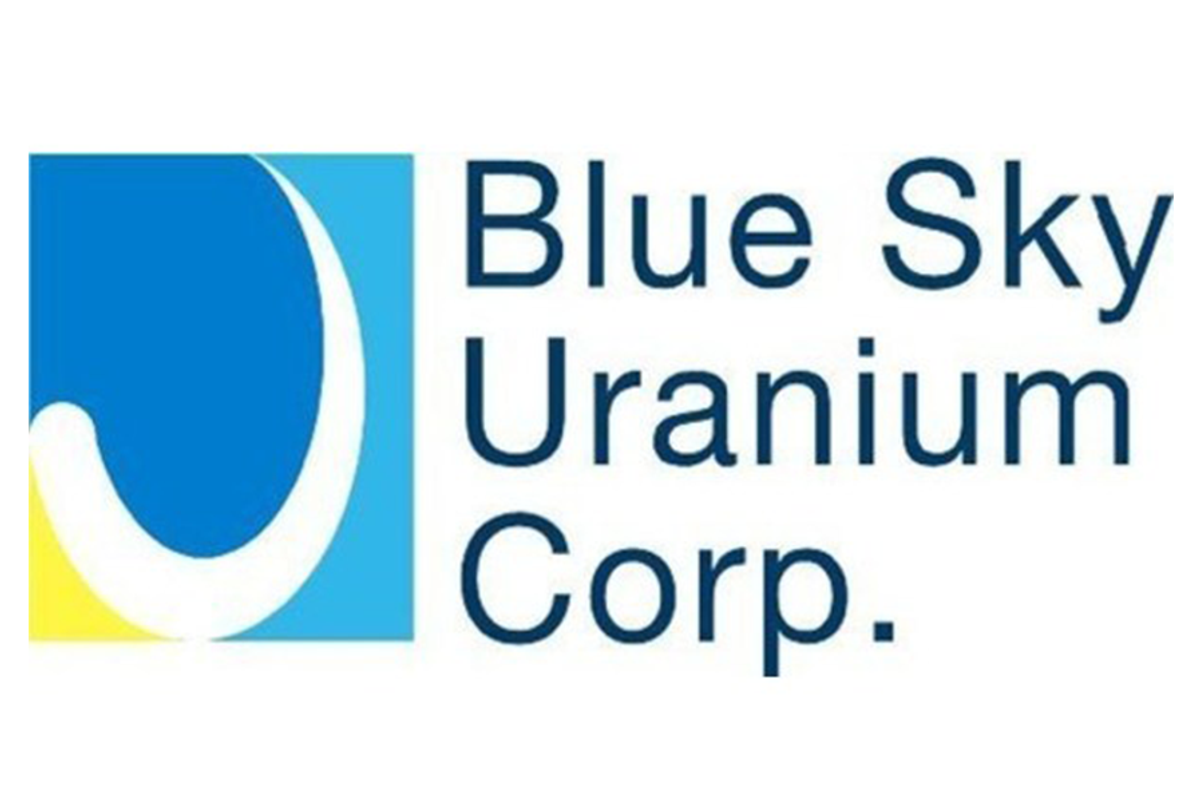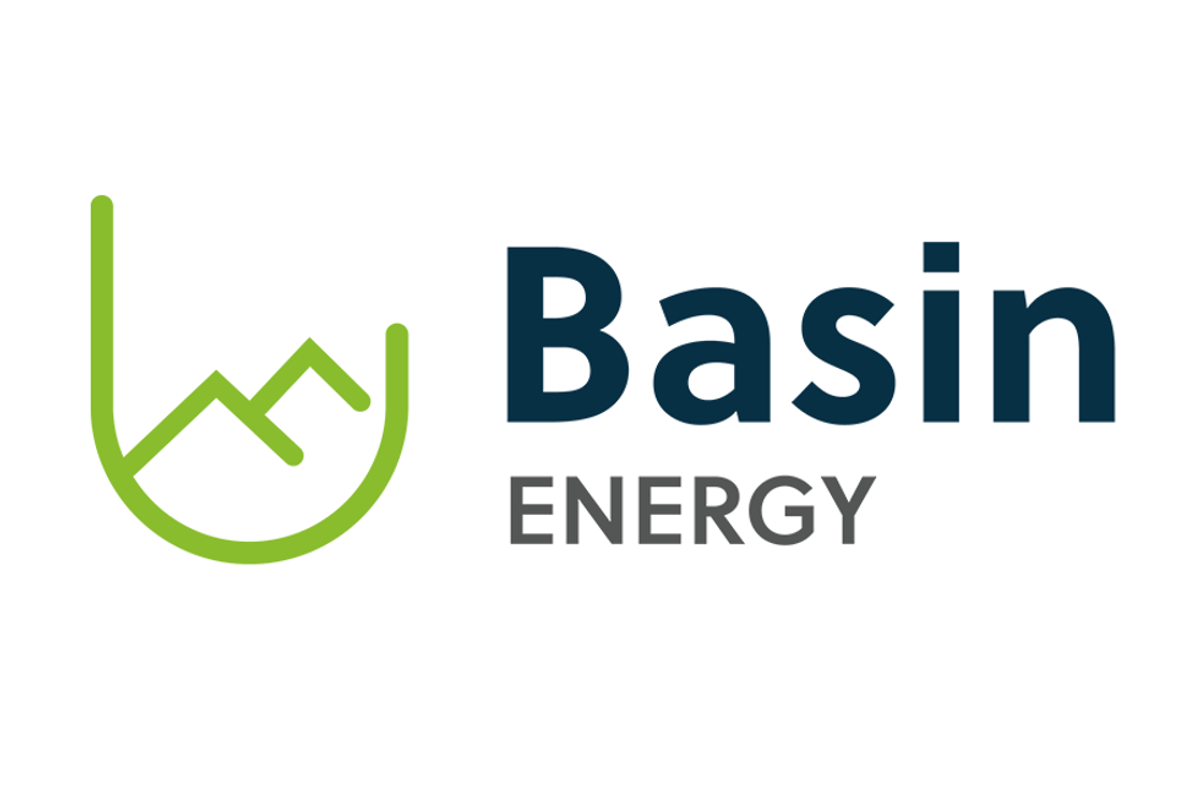
June 11, 2025
Blue Sky Uranium Corp. (TSX-V: BSK, FSE: MAL2; OTC: BKUCF), ("Blue Sky" or the "Company") is pleased to announce that on May 28, 2025, Ivana Minerales S.A. completed the first participatory groundwater sampling at the Ivana Uranium-Vanadium Project, (the “Project”). This was a precursor to the recently announced infill drilling program that marks a major step toward the prefeasibility/feasibility phase of the Project (see News Release dated May 22, 2025). While the sampling was carried out as a legal requirement for the drill program, the event marks a crucial step toward establishing an open, citizen-inclusive environmental monitoring process that meets high technical standards. This reflects the Company’s commitment to responsible environmental management and the development of trusted relationships within the region.
The participatory sampling event was attended by landowners from the Project area and residents of the town of Valcheta, which is located approximately 25km from the Ivana properties and serves as a major source of labour and operational support for the Project. Representatives from Valcheta included the town’s Mayor, members from the City Council, the local hospital, the museum, and educational institutions. Provincial agencies in attendance included the Secretariat of Mining of Río Negro, the Secretariat of Environment and Climate Change, the Provincial Water Department, the Office of the Ombudsman, and members of the Río Negro Legislature.
Nikolaos Cacos, President & CEO of the Company, stated: “We are committed to building a relationship founded on transparency and mutual trust with the Valcheta community and the authorities of Río Negro, through our professional and dedicated approach to the Ivana Project. Joining community members and regulatory authorities to participate in environmental water sampling helps us to strengthen our relationships as we work together to develop an environmentally and socially sustainable project.”
The event was led by Luis Rivera, General Manager of Ivana Minerales S.A., and Silvia Rodríguez, Head of Community Relations. They welcomed attendees and provided a brief overview of the Project's objectives and the sampling protocol to be followed.
Technical tasks were carried out by the specialized consulting firm Hidroar S.A., which is currently responsible for the environmental baseline study for the Ivana Project. This study, initiated in 2022, compiles climate data, surface and groundwater sampling, flora and fauna assessments, archaeological and paleontological surveys, and other environmental and social components to create a documented record of the area's environmental conditions prior to any potential future production.
During the event, the Hidroar team provided detailed field explanations of the methodology used. Sampling was conducted at three strategic points established by regulation: upstream, midstream, and downstream of the area designated for potential future drilling. Simultaneously, the Provincial Water Department (DPA) collected duplicate samples at the same locations, using an independent but technically equivalent procedure, thus ensuring the traceability, reliability, and transparency of the data collected.
Qualified Persons
The technical contents of this news release have been reviewed and approved by Mr. Ariel Testi, CPG, who works for the Company and is a Qualified Person as defined in National Instrument 43-101.
About Ivana Minerales S.A.
Ivana Minerales S.A. (“JVCO”) is the operating company for the joint-venture between Blue Sky and its partner Abatare Spain, S.L.U. (“COAM”) to advance the Ivana Uranium-Vanadium deposit in Rio Negro Province of Argentina. The activities of JVCO are subject to the earn-in transaction (the “Agreement”) in which COAM will fund cumulative expenditures of US$35 million to acquire a 49.9% indirect equity interest in the Ivana deposit, and then has the further right to earn up to an 80% equity interest in JVCO by completion of a feasibility study and funding the costs and expenditures up to US$160,000,000 to develop and construct the project to commercial production, subject to the terms and conditions in the Agreement. For additional details, please refer to the News Release dated February 27, 2025, as well as the Company’s latest Financial Statements and MD&A available at blueskyuranium.com.
About Blue Sky Uranium Corp.
Blue Sky Uranium Corp. is a leader in uranium discovery in Argentina. The Company's objective is to deliver exceptional returns to shareholders by rapidly advancing a portfolio of uranium deposits into low-cost producers, while respecting the environment, the communities, and the cultures in all the areas in which we work. Blue Sky’s flagship Amarillo Grande Project was an in-house discovery of a new district that has the potential to be both a leading domestic supplier of uranium to the growing Argentine market and a new international market supplier. The Company’s recently optioned Corcovo project has demonstrated potential to host an in-situ recovery (“ISR”) uranium deposit. The Company is a member of the Grosso Group, a resource management group that has pioneered exploration in Argentina since 1993.
ON BEHALF OF THE BOARD
“Nikolaos Cacos”
______________________________________
Nikolaos Cacos, President, CEO and Director
For further information please contact:
Corporate Communications
Tel: 1-604-687-1828
Toll-Free: 1-800-901-0058
Email: info@blueskyuranium.com
Neither TSX Venture Exchange nor its Regulation Services Provider (as that term is defined in policies of the TSX Venture Exchange) accepts responsibility for the adequacy or accuracy of this release.
This news release may contain forward-looking statements and forward-looking information (collectively, the “forward-looking statements”) within the meaning of applicable securities laws. Forward-looking statements address future events and conditions and therefore involve inherent risks and uncertainties. Any statements that are contained in this press release that are not statements of historical fact may be deemed to be forward-looking statements. Forward-looking statements are often identified by terms such as “may”, “should”, “anticipate”, “will”, “estimates”, “believes”, “intends” “expects” and similar expressions which are intended to identify forward-looking statements. More particularly and without limitation, this press release contains forward-looking statements that, other than statements of historical fact, address activities, events or developments the Company believes, expects or anticipates will or may occur in the future, including, without limitation, statements about the Company’s planned drilling campaigns, its objectives and the potential mineral content of its projects. Forward-looking statements are not guarantees of future performance and accordingly undue reliance should not be put on such statements due to the inherent uncertainty therein.
Forward-looking statements are subject to a number of risks and uncertainties that may cause the actual results of the Company to differ materially from those discussed in the forward-looking statements and, even if such actual results are realized or substantially realized, there can be no assurance that they will have the expected consequences to, or effects on, the Company. Factors that could cause actual results or events to differ materially from current expectations include, among other things: uncertainty relating to mineral resources; risks related to heavy metal and transition metal price fluctuations, particularly uranium and vanadium; risks relating to the dependence of the Company on key management personnel and outside parties; the potential impact of global pandemics; risks and uncertainties related to governmental regulation and the ability to obtain, amend, or maintain licenses, permits, or surface rights; risks associated with technical difficulties in connection with mining activities; and the possibility that future exploration, development or mining results will not be consistent with the Company’s expectations, including in respect of the Company’s planned exploration program described in this news release. Actual results may differ materially from those currently anticipated in such statements. Readers are encouraged to refer to the Company’s public disclosure documents for a more detailed discussion of factors that may impact expected future results. The forward-looking statements contained in this press release are made as of the date of this press release, and the Company does not undertake any obligation to update publicly or to revise any of the included forward-looking statements, whether as a result of new information, future events or otherwise, except as expressly required by securities law.
BSK:CA

Sign up to get your FREE
Blue Sky Uranium Investor Kit
and hear about exciting investment opportunities.
- Corporate info
- Insights
- Growth strategies
- Upcoming projects
GET YOUR FREE INVESTOR KIT
The Conversation (0)
04 November
Blue Sky Uranium
Argentina’s emerging uranium resource developer
Argentina’s emerging uranium resource developer Keep Reading...
26 November
Blue Sky Uranium Completes Comprehensive GAP Analysis for Ivana Deposit and Identifies Clear Roadmap to Feasibility
TSX Venture Exchange: BSKFrankfurt Stock Exchange: MAL2OTCQB Venture Market (OTC): BKUCF Blue Sky Uranium Corp. (TSXV: BSK,OTC:BKUCF) (FSE: MAL2) (OTC: BKUCF), "Blue Sky" or the "Company") is pleased to announce the completion of a comprehensive Gap Analysis for the Ivana Uranium-Vanadium... Keep Reading...
19 November
Blue Sky Uranium Announces Closing of $3.5 Million Brokered LIFE Private Placement
/NOT FOR DISTRIBUTION TO UNITED STATES NEWS WIRE SERVICES OR FOR DISSEMINATION IN THE UNITED STATES/ TSX Venture Exchange: BSKFrankfurt Stock Exchange: MAL2OTCQB Venture Market (OTC): BKUCF Blue Sky Uranium Corp. (TSXV: BSK,OTC:BKUCF) (FSE: MAL2), ("Blue Sky" or the "Company") announces that it... Keep Reading...
04 November
Blue Sky Uranium Announces Participation in Red Cloud's 2025 Fall Mining Showcase in Toronto
Blue Sky Uranium (TSXV: BSK,OTC:BKUCF) (OTCQB: BKUCF), Advanced Exploration UraniumVanadium District in Argentina, is pleased to announce that it will present at Red Cloud's Fall Mining Showcase 2025. Shareholders and interested parties are invited to attend the event and learn more about the... Keep Reading...
30 October
Blue Sky Uranium Announces Brokered LIFE Private Placement for Gross Proceeds of up to C$3.0 Million
/NOT FOR DISTRIBUTION TO UNITED STATES NEWS WIRE SERVICES OR FOR DISSEMINATION IN THE UNITED STATES/ TSX Venture Exchange: BSKFrankfurt Stock Exchange: MAL2 Blue Sky Uranium Corp. (TSXV: BSK,OTC:BKUCF) (FSE: MAL2), ("Blue Sky" or the "Company") announces that it has entered into an agreement... Keep Reading...
16 October
Blue Sky Completes Geophysical Survey at Amarillo Grande Uranium Project & Identifies Anomaly at Ivana Gap Target for Drill Testing
TSX Venture Exchange: BSKFrankfurt Stock Exchange: MAL2OTCQB Venture Market (OTC): BKUCF Blue Sky Uranium Corp. (TSXV: BSK,OTC:BKUCF), (FSE: MAL2), (OTC: BKUCF) "Blue Sky" or the "Company") is pleased to announce that the Company has completed an induced polarization (pole-dipole electrical... Keep Reading...
02 December
Niger Moves to Sell Uranium From Orano's Seized SOMAÏR Mine
Niger’s military government announced that it intends to put uranium produced by the SOMAÏR mine on the international market.Head of the junta, General Abdourahamane Tiani, told state television Tele Sahel that “Niger's legitimate right to dispose of its natural riches to sell them to whoever... Keep Reading...
30 November
Expands REE and Uranium Footprint at Sybella-Barkly
Basin Energy (BSN:AU) has announced Expands REE and uranium footprint at Sybella-BarklyDownload the PDF here. Keep Reading...
28 November
Orano Condemns Illegal Uranium Transfer from Niger Mine
Orano said it “strongly condemns” the removal of uranium from the SOMAÏR mine in Northern Niger.The French firm called the transfer illegal and a direct breach of the International Center for Settlement of Investment Disputes’ (ICSID) September ruling, which prohibits the material's sale or... Keep Reading...
25 November
Canada, India Close to Resuming Uranium Trade After Diplomatic Freeze
Canada and India are preparing to unveil a multibillion-dollar uranium export agreement, marking the strongest sign yet that the two countries are rebuilding ties after a diplomatic freeze. Two people familiar with the negotiations revealed that the deal, valued at roughly US$2.8 billion, would... Keep Reading...
19 November
Hydrogeological Testing Underway at Lo Herma
Hydrogeological testing has commenced at AMU’s flagship Lo Herma ISR Project in Wyoming’s Powder River Basin to validate aquifer performance concurrent with Phase 1 drilling which aims expand the 8.57Mlb resource at Lo Herma.
American Uranium Limited (ASX:AMU, OTC:AMUIF) (American Uranium, AMU or the Company) is pleased to advise that hydrogeological testing at its Lo Herma ISR uranium project in Wyoming’s Powder River Basin has commenced. Testing is being undertaken by Petrotek Corporation, a leading injection well... Keep Reading...
Latest News

Sign up to get your FREE
Blue Sky Uranium Investor Kit
and hear about exciting investment opportunities.
- Corporate info
- Insights
- Growth strategies
- Upcoming projects
GET YOUR FREE INVESTOR KIT
Latest Press Releases
Related News
TOP STOCKS
American Battery4.030.24
Aion Therapeutic0.10-0.01
Cybin Corp2.140.00






